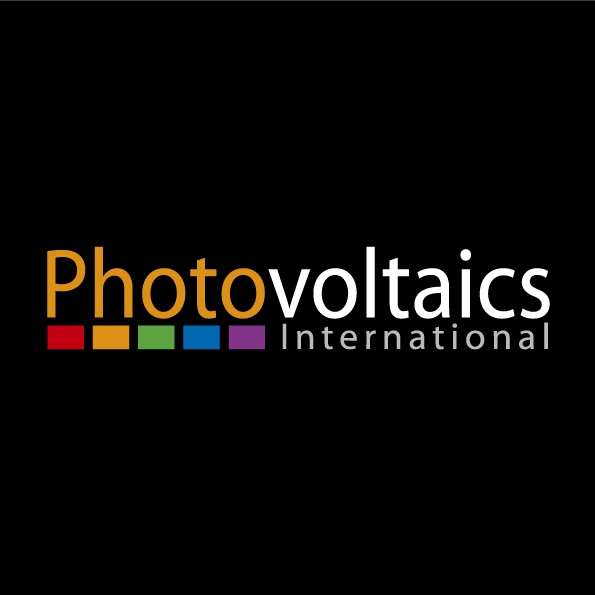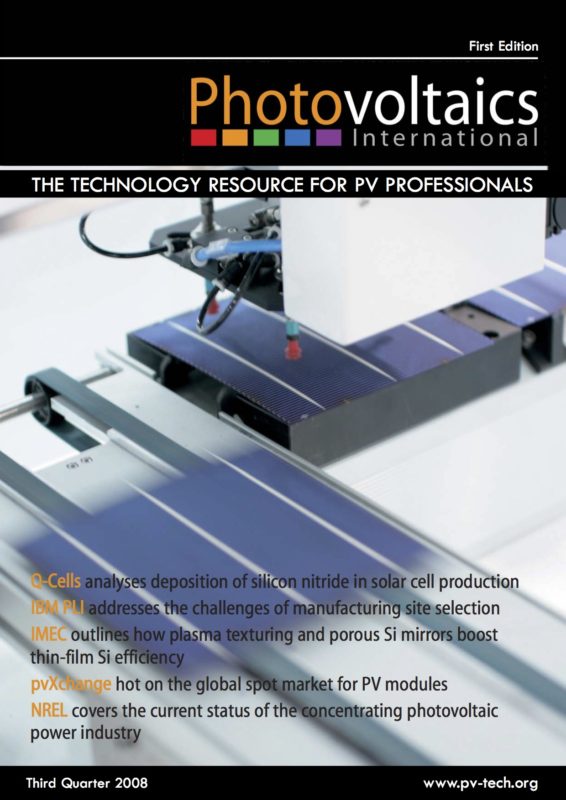By Dirk Ochs, Senior Application Engineer, HÜTTINGER Elektronics GmbH + Co KG
The rapidly-growing photovoltaic market has placed a strong demand on manufacturers to decrease solar cell production costs. For thin-film solar cells, this can be achieved by increasing substrate sizes to achieve a better productivity and by adding more advanced layer stack systems to enhance the solar cell’s efficiency. Nearly all required layers of the prominent thin-film-based solar cell types (a-Si/µc-Si, CdTe and CI(G)S) can be deposited by using plasma processes. On the one hand, plasma-enhanced chemical vapor deposition (PECVD) is used for the deposition of a-Si and µc-Si layers. On the other hand, magnetron sputtering is used for coating with transparent conductive oxides as ITO (indium tin oxide) and ZAO (aluminium-doped zinc oxide), metallic back contact layers such as Ti, Al and Mo, or components of the compound semiconductor layers such as Cu and In. Magnetron sputter processes use direct current (DC) or pulsed DC, whereas radio frequency (RF) power is used for PECVD processes. Of utmost importance to get a reliable, high-efficiency solar cell is a good uniformity of the deposited layers and the need for the layer to be defect-free. Defects such as particles and splashes are created inside the plasma when an unwanted local discharge - a so-called arc - occurs. This arc can be eliminated by switching off the power supply. The faster this is done, and the less energy that is delivered into the arc, the smaller and more insignificant the defect creation will be. For this reason, as well as for precise control of electrical power, advanced, fast-reacting arc management is very important to attain high-quality solar cell coatings.


